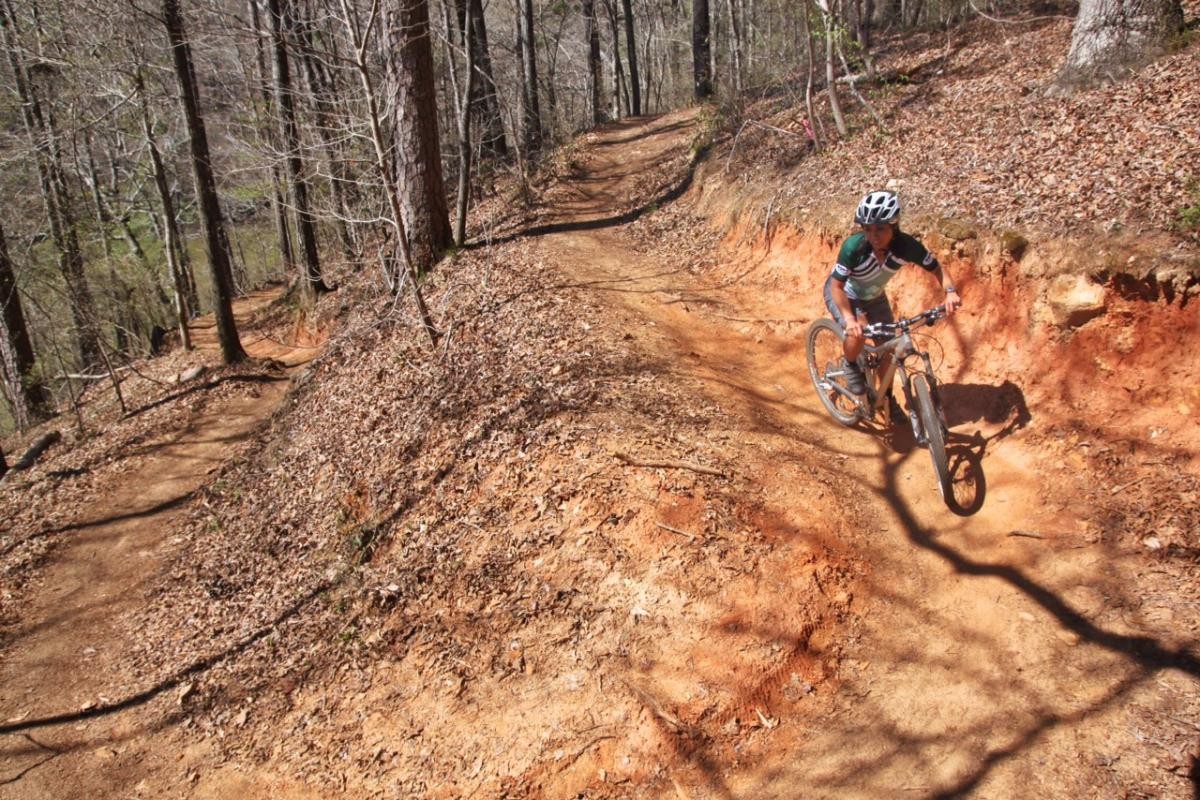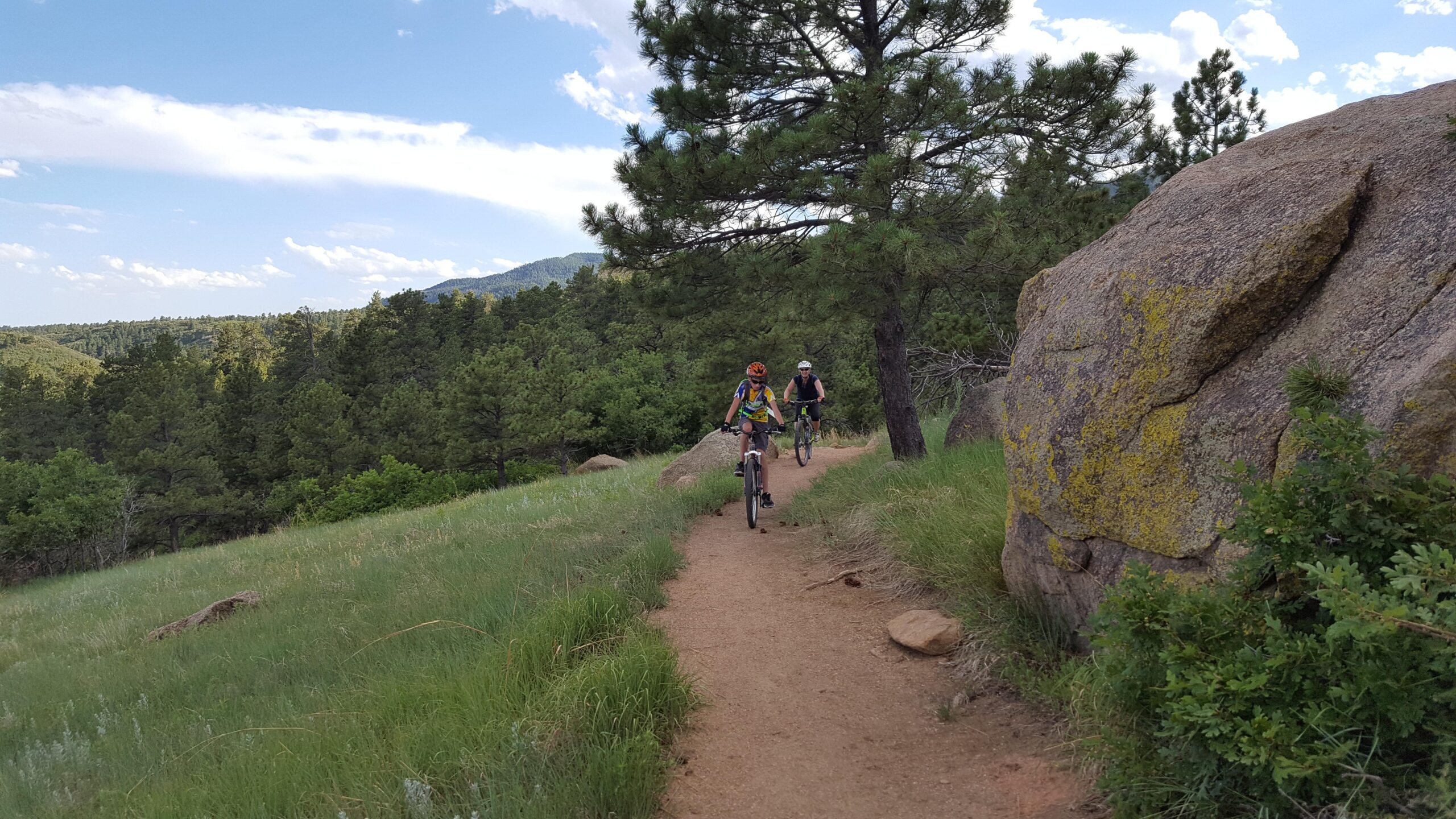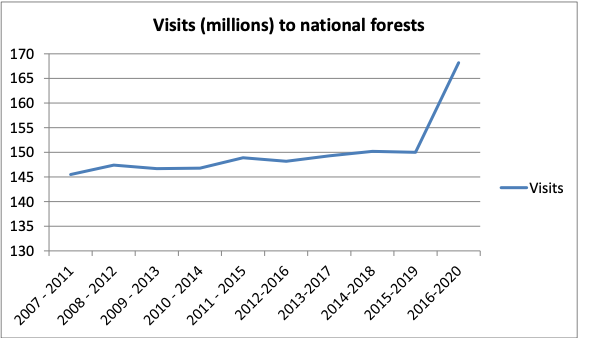
While many retailers are seeing signs of a fading bike boom, it’s becoming clear that mountain bikers are sticking with the sport, and in some cases doubling down. With most cities and states easing and even eliminating mask restrictions, there is a real question about whether new riders will be drawn away from the trails and back to the ball fields, movie theaters, and restaurants. To answer this, we gathered trail usage data from land managers and administrators around the US, starting with a popular local trail in metro Atlanta.
Local trails continue to draw riders
Blankets Creek is consistently ranked one of the most busiest trail systems in the Atlanta area thanks to its high quality singletrack and excellent facilities. SORBA Woodstock volunteers maintain the trails and the group has passive, electronic trail counters installed at the entrances to select trails to get an idea of how many folks use the trails. They’ve been collecting visitation data for several years now, and saw a very clear spike in traffic counts in 2020, the first year of the Covid-19 pandemic. Visits to the intermediate, flowy Van Michael Trail increased 36% over 2019 levels while the rocky and rooty, advanced-rated South Loop saw visits shoot up 111% year over year.

Following those huge, likely pandemic-related trail usage increases, trail traffic remained high in 2021. Both trails saw usage essentially unchanged from their 2020 highs, indicating that many are sticking to their newfound routines. Of course the counters at Blankets Creek register anyone entering the trails — whether they’re riders, trail runners, or dog walkers — so this data may not be completely representative of mountain biking participation versus other outdoor activities. Still, it does indicate that trail-based recreation remained popular into the second year of the pandemic even as other parts of society re-opened and moved toward normalcy.

Another factor to consider is that many trail races and events that were cancelled in 2020 returned in 2021, which may have contributed to trail usage remaining at or above 2020 levels.
Anthony Duncan, Director of Local Programs at IMBA, tells me the groups he works with have seen similar traffic patterns, and those numbers appear to be holding into 2022 as well. “Of the data that we have internally, we did see spikes in 2020 with a plateau in 2021. So far in 2022, the numbers have remained roughly the same as 2021. This is the general case with other communities I have connected with since we talked. Some have small to moderate increases in use (but increases nonetheless), while most are seeing steady counts that are relative to 2021.”
Regional parks see continued interest as well

Local parks and trails turned out to be convenient outlets during the initial stages of the pandemic when many communities had their most strict lockdown measures in place. State parks, while in many cases not quite as accessible as city and county parks, still saw huge increases in visitation starting in 2020.
Many popular mountain bike trails in Colorado, like those at Cheyenne Mountain, are located within state parks. Colorado State Parks Public Information Supervisor Travis Duncan shared data showing annual visits to parks barely budged between 2018 and 2019, then jumped nearly 31% to 19.47M in 2020. The following year, in 2021, visits remained high at 19.76M, a roughly 1% increase. The data paints a similar picture to what happened in Georgia where park traffic remained high well over a year after the start of the pandemic.
Destination trail traffic continues to grow

Bentonville, Arkansas was already growing as a mountain bike destination, and the pandemic may have supercharged that growth. Trail visits jumped roughly 23% from 2019 to 2020, the first year of the pandemic. Then in 2021, it seems everyone decided to take that mountain bike vacation they had been putting off for a year.
Aggregating numbers for 22 trail counters placed throughout the Bentonville area, Uriah Nazario of Trailblazers (formerly NWA Trailblazers and Bike NWA) says visits were up 74.48% in 2021 compared to 2020. “Though our data for our MTB trails is not as thorough as we would hope, we still have seen more [2021] usage in all 22 trails/trail heads where counters have been placed.”

Visitation data for National Forests in 2021 was not available as of press time, though forests did see enormous usage increases in the first year of the pandemic, 2020. As we noted in an article least year, federal lands in many areas were overwhelmed with recreational visitors, many of whom stay overnight. As a result, land managers in places like Crested Butte and Sedona attempted to reduce access through new reservation systems and restrictions. It’s not clear if this affected the number of visits to those locations, though based on the data we do have, it seems unlikely to have reduced interest or demand for trail-based recreation.
The trail supply chain
Much of the coverage of the bike sales boom has focused on supply chains, where lead times reportedly spiked up to two years or more for many items. Compare that to lead times for new trail projects, which have traditionally been years- or in some cases decades-long, and it’s possible trails will remain crowded and over-utilized for years to come, long after our new bike orders finally arrive. Even the threat of an economic recession likely won’t dampen enthusiasm for trails anytime soon. As Fox CEO Mike Dennison noted in a recent earnings call, “If you are a mountain biker, you are going to be a mountain biker regardless of what the economy is doing.”
In March we asked Singletracks readers if their local trails were crowded this year, and 43% of respondents said ‘often’ or ‘always.’ Still, that leaves plenty of trails that are underutilized. One commenter wrote, “[Used] to have loads of kids, now no one goes there. All of a sudden everyone disappeared. I have no clue why though…”
Editor’s note: updated with additional data from Trailblazers.



















